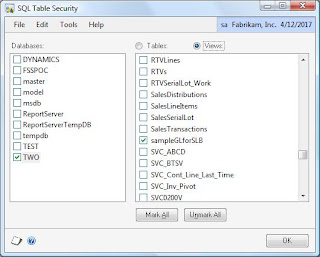Why does my next document number change randomly?
This is a very common question among Dynamics GP users. In fact, it is a very common situation that can puzzle even seasoned consultants. So here is the mystery debunked. Every Dynamics GP next document number in every module is generally gathered from a setup table. Usually, this table column is called Next Number. For example, GL will have a Next Journal Number; POP will have a Next PO Number and so on, depending on the module and the transaction. To focus on one thing and one thing only, I will use POP and the next purchase order document number. In multi-user PO entry environments, for example, if user A is working on PO 10, user B is working PO 11, and user C is working on PO 12, but user B cancels, void, or delete their PO, when user A attempts to enter another PO, they will still end up with 13. It will appear to user A that the PO numbers are being skipped randomly. But this is clearly not the case we are discussing here, and rather the normal application's behavior. In pri...















